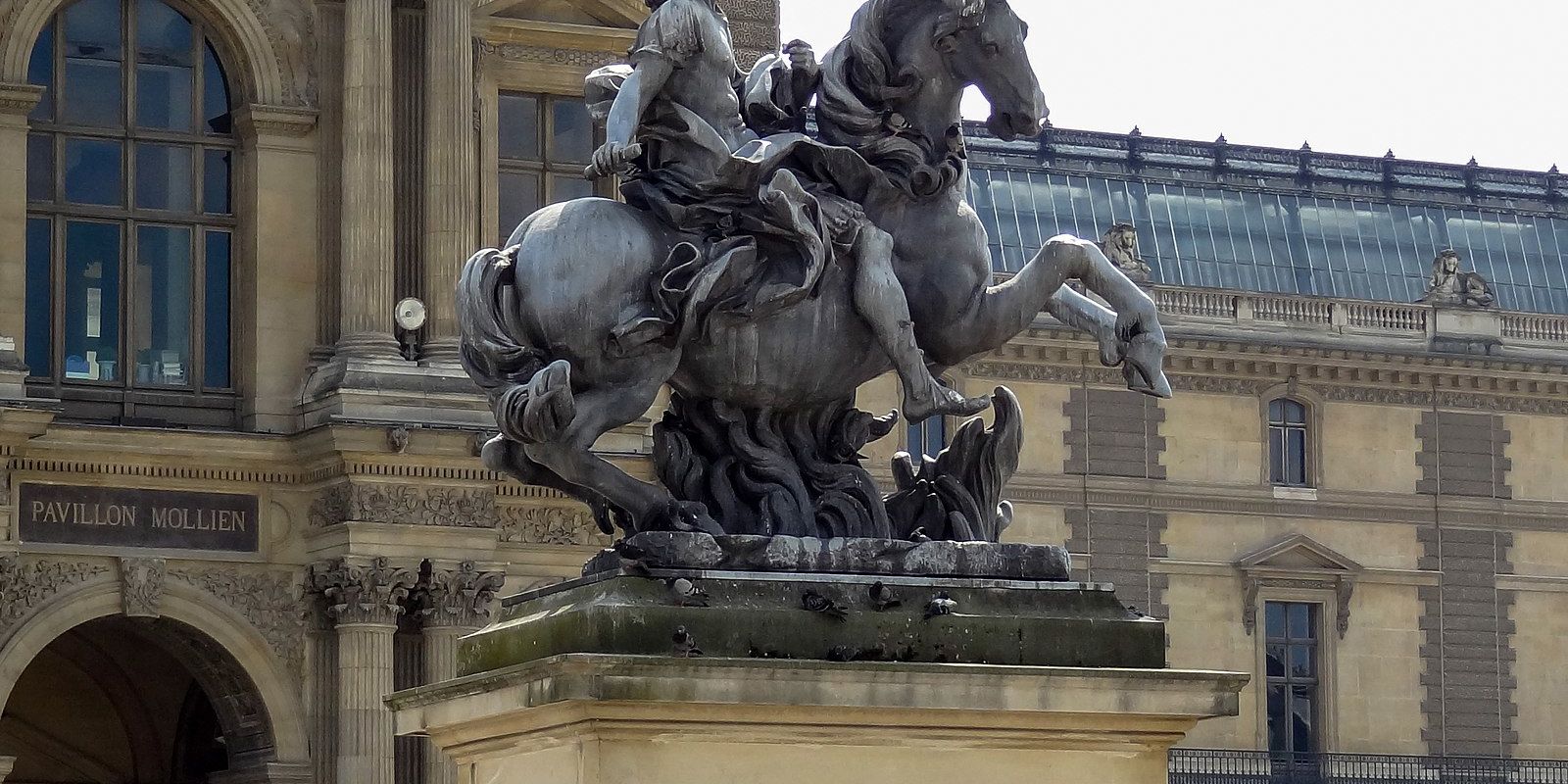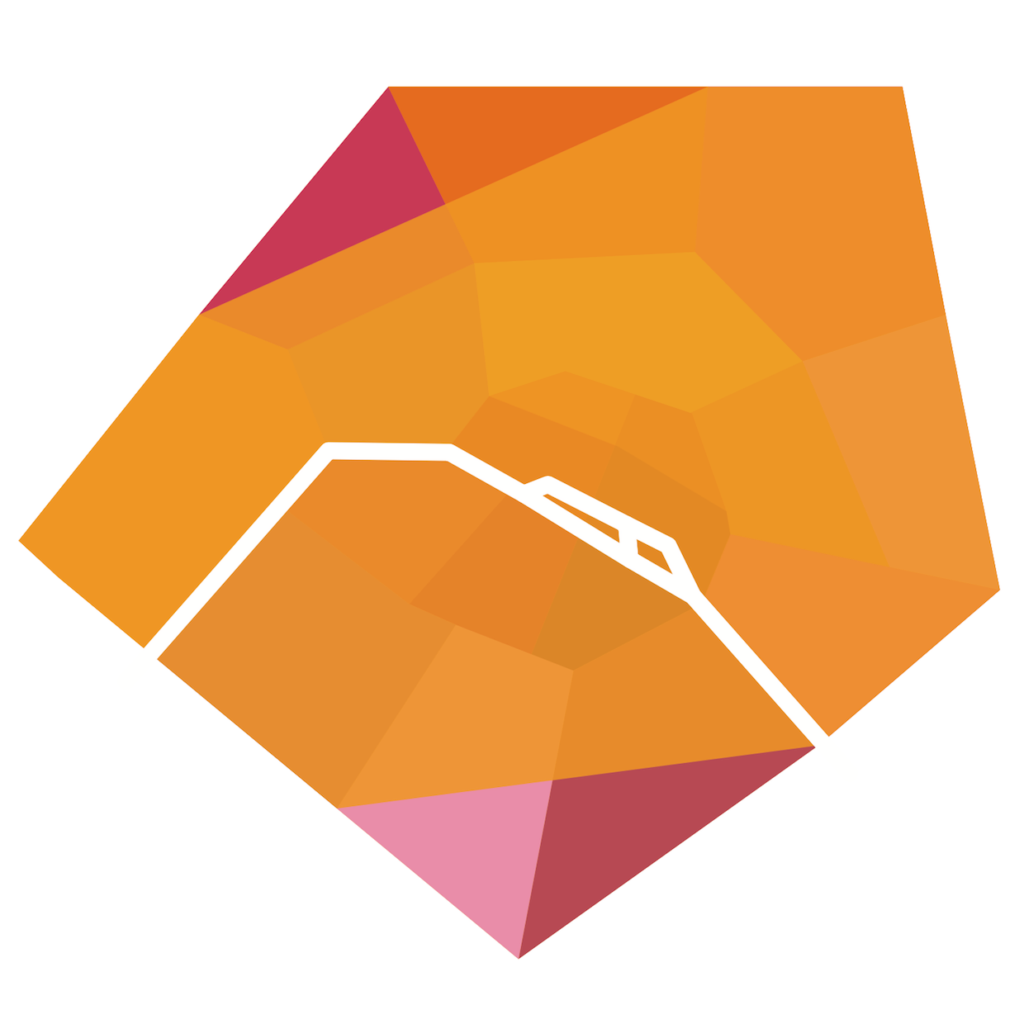Itinerary
In the very center of the city, discover where the famous Sun-King has left his marks.

10 stops
1. Porte Saint-Martin
The Porte Saint-Martin was held in 1674 by Pierre Bullet, whose teacher was François Blondel, the architect of the nearby Porte Saint-Denis. The Porte Saint-Martin celebrates victories won in Franche-Comté (at the East of France) during the Franco-Dutch War.
2. Porte Saint-Denis
The Porte Saint-Denis is a triumphal arch build in 1672 by architect François Blondel and sculptor Michel Anguier. Aimed at glorifying Louis XIV, sculptures and carvings on the Porte Saint-Denis are commemorating victories in the Netherlands, on the Rhine and in Franche-Comté (at the East of France).
3. Place des Victoires
This beautiful large square at the junction of Paris 1st and 2nd districts has changed a lot since the XVIIth century where most of its buildings were constructed.
In the 60’s, it was old and uncool. Now, the statue of Louis the XIVth silently riding his horse here since 1828 is surrounded by rather trendy and elegant shops.
4. Palais-Royal Garden
The Garden as well as the entire Palais-Royal complex is an exquisite place situated just north of The Louvre Palace, west of the Bank of France and right near the Comédie-Française (France prestigious state theater) and the Louvre des Antiquaires (a group of 250 antiques and jewellery shops).
If entering the garden by the north (from Vivienne or des Petits-Champs streets), you’ll probably exit at the controversial Buren’s columns (1986, restored in 2009 ; the installation actual name is “Les Deux Plateaux”). You’ll then find the Saint-Honoré street and the Square of the Palais-Royal, from where you can see the Cour de l’horloge.
The Palais-Royal now houses the Conseil d’Etat (whose entrance is situated Cour de l’horloge), the Constitutional Council and the Ministry of Culture.
5. Comédie Française
The Comédie Française (or French Theater) was created in 1680 through a royal ordinance from Louis XIV. It only occupies the current place since 1799 though.
6. Roman Hero
It’s actually a bronze mockup of the famous Louis XIV’s equestrian statue. The original piece was made in 1677 by Le Bernin and can now be seen in Versailles. The mockup was placed here near the Pyramide du Louvre by the latter’s architect, Ieoh Ming Pei.
7. Louvre Museum
A central landmark of Paris, France, it is located on the Right Bank of the Seine in the 1st arrondissement (district). Objects from prehistory to the 19th century are exhibited. With more than 8 million visitors each year, the Louvre is the world’s most visited museum.
The museum opened on 10 August 1793 with an exhibition of 537 paintings, the majority of the works being royal and confiscated church property.
By 1874, the Louvre Palace had achieved its present form of an almost rectangular structure with the Sully Wing to the east containing the square Cour Carrée and the oldest parts of the Louvre; and two wings which wrap the Cour Napoléon, the Richelieu Wing to the north and the Denon Wing, which borders the Seine to the south.
In 1983, French President François Mitterrand proposed, as one of the Grands Projets of François Mitterrand the Grand Louvre plan to renovate the building and relocate the Finance Ministry, allowing displays throughout the building. Architect I. M. Pei was awarded the project and proposed a glass pyramid to stand over a new entrance in the main court, the Cour Napoléon.
The pyramid and its underground lobby were inaugurated on 15 October 1988. The second phase of the Grand Louvre plan, La Pyramide Inversée (The Inverted Pyramid), was completed in 1993. As of 2002, attendance had doubled since completion.
Source : Wikipedia contributors, “Musée du Louvre“
8. Cour Carrée of the Louvre
There are many small details which can make your visit of the beautiful Cour carrée all the more entertaining.
At the center, sit on the fountain to enjoy the view. On each wing, you’ll find monograms (the initials of the kings – along with their wives – under whom the particular wing had been build).
On the ground, some metal gates and a contour still visible on the cobblestones is all that’s left of Charles V’s old donjon.
On the east wing, a cock statue can be found inside an ouroboros (a snake that bits its tail).
And of course there are the “Legislateurs”, 4 statues made in 1806 by Jean-Guillaume Moitte. Go and see the one of Manco-Cápac in particular, the first emperor of the Incas.
9. Saint-Eustache Church
The church became a parish church in 1223. It was a chapel dedicated to Sainte-Agnès, a Roman martyr. The construction of the current church began in 1532, the work not being finally completed until 1637. The name of the church refers to Saint Eustace, a Roman general of the second century AD who was burned, along with his family, for converting to Christianity.
The church is an example of a Gothic structure clothed in Renaissance detail. The front and rear aspects provide a remarkable contrast between the comparatively sober classical front and the exuberant rear, which integrates Gothic forms and organization with Classical details.
A Keith Haring sculpture made of silver stands in a chapel of the church in memory of the epidemic of AIDS deaths during the 1980s.
The organ is reputed to be the largest pipe organ in France, surpassing the organs of Saint Sulpice and Notre Dame de Paris.
Source : Wikipedia contributors, “Saint-Eustache, Paris“
10. Carnavalet Museum
The Carnavalet Museum is dedicated to the history of the city. The museum occupies two neighboring mansions : the Hôtel Carnavalet and the former Hôtel Le Peletier de Saint Fargeau. On the advice of Baron Haussmann, the civil servant who transformed Paris in the latter half of the 19th century, the Hôtel Carnavalet was purchased by the Municipal Council of Paris in 1866 ; it was opened to the public in 1880. By the latter part of the 20th century, the museum was bursting at the seams. The Hôtel Le Peletier de Saint Fargeau was annexed to the Carnavalet and opened to the public in 1989.
Source : Wikipedia contributors, “Musée Carnavalet“
RiddlesCulturalFamily
Map, navigation, practical information, extra pictures and more are available on the Paris Parcours app.
